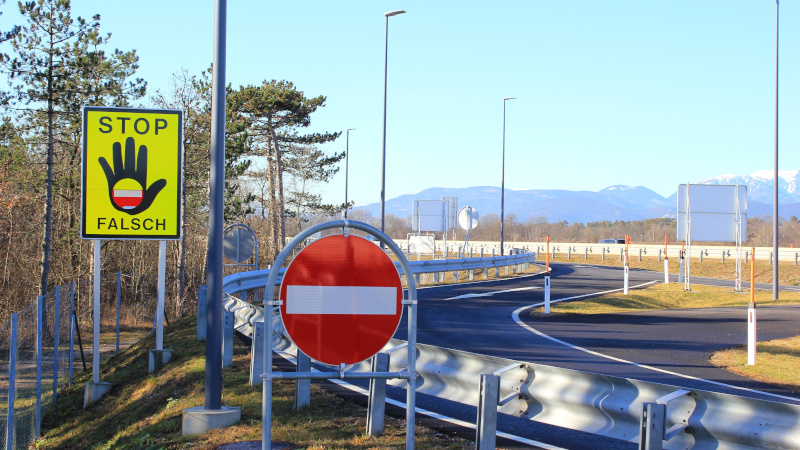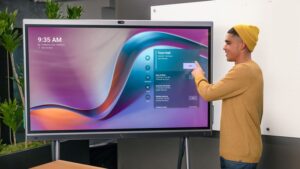
The app to combat wrong-way driving
Several thousand people die each year on EU roads due to accidents caused by wrong-way drivers. Bosch has declared war on this type of accident – and developed a smart system that accurately identifies wrong-way drivers, thanks to the help of the Cloud. The key feature is that the system also alerts drivers in the area via app within a matter of seconds.

Is it an exaggeration to describe Azure as a lifesaver? Not necessarily. Because listening to the explanations by the experts at automotive supplier Bosch, it becomes clear that Azure’s Kubernetes Services and Apache Kafka on HDInsight are vital for Cloud-based wrong-way driver alerts.
But first things first – let’s consider the question as to why a system to warn about wrong-way drivers relies on the Cloud at all. That’s an easy one to answer: because the combination of smart features such as Apache Kafka on HDInsight and the massive computing power of the Cloud is an unbeatable pairing. And one which, for example, eliminates two of the problems which other projects looking to issue wrong-way driver alerts are having to contend with.
In the first instance, there is the processing speed: in Europe alone, there are tens of thousands of slip roads leading onto dual carriageways and motorways. Along with many millions of fast-travelling cars, which accordingly report very many millions of changes in position.
The data volumes this generates are massive. Thanks to the intelligent use of Apache Kafka, Bosch succeeds in alerting the wrong-way driver in under ten seconds – either via a notification to a smartphone, or using an installed component in the car of the driver in question. As well as issuing the warning, the system also sends instructions on the action that the driver should take to escape from the hazardous situation as safely as possible. Simultaneously with this, the warning also appears on the devices of all other drivers in that area at that time – provided, of course, they have the corresponding app installed on their smartphone or an installed end-device with the relevant software in the car.
Teaching the navigation to see more clearly
The second problem is to compensate for the comparatively modest locational accuracy of GPS. Under clear skies, smartphones can only display their position to an accuracy of five metres, which is not sufficiently precise given the typical entry and exit slip roads. On these roads, the opposite lanes are close together, meaning that ‘false positive’ notifications (where the car is in fact travelling in the correct lane, but an alert is still issued) would be the inevitable consequence.
Bosch prevents such problems by enabling the system to also draw on information obtained using sensors (such as acceleration or direction of travel) to determine the position, in addition to the GPS signal. Combined with an accurate map of the entry and exit slip roads, the algorithms running in the Cloud can calculate within milliseconds whether the vehicle is driving along the slip road in the wrong direction. According to Bosch, the results are 94 per cent accurate, with the proportion of false positive alerts being below a vanishingly small 0.0004 per cent.
Currently, between 12 and 15 million drivers are already using apps or installed components based on Bosch’s Cloud-based wrong-way driver alert. As Bosch is making a key-ready software development kit (SDK) available to all interested software developers and automotive industry OEMs, that figure could well grow exponentially in future – which will almost automatically result in fewer road deaths.

Unser Microsoft Automotive Newsletter bringt Ihnen regelmäßig die wichtigsten Neuerungen aus dieser spannenden Branche direkt in Ihr Postfach. Melden Sie sich jetzt hier an und verpassen Sie keine News mehr.




